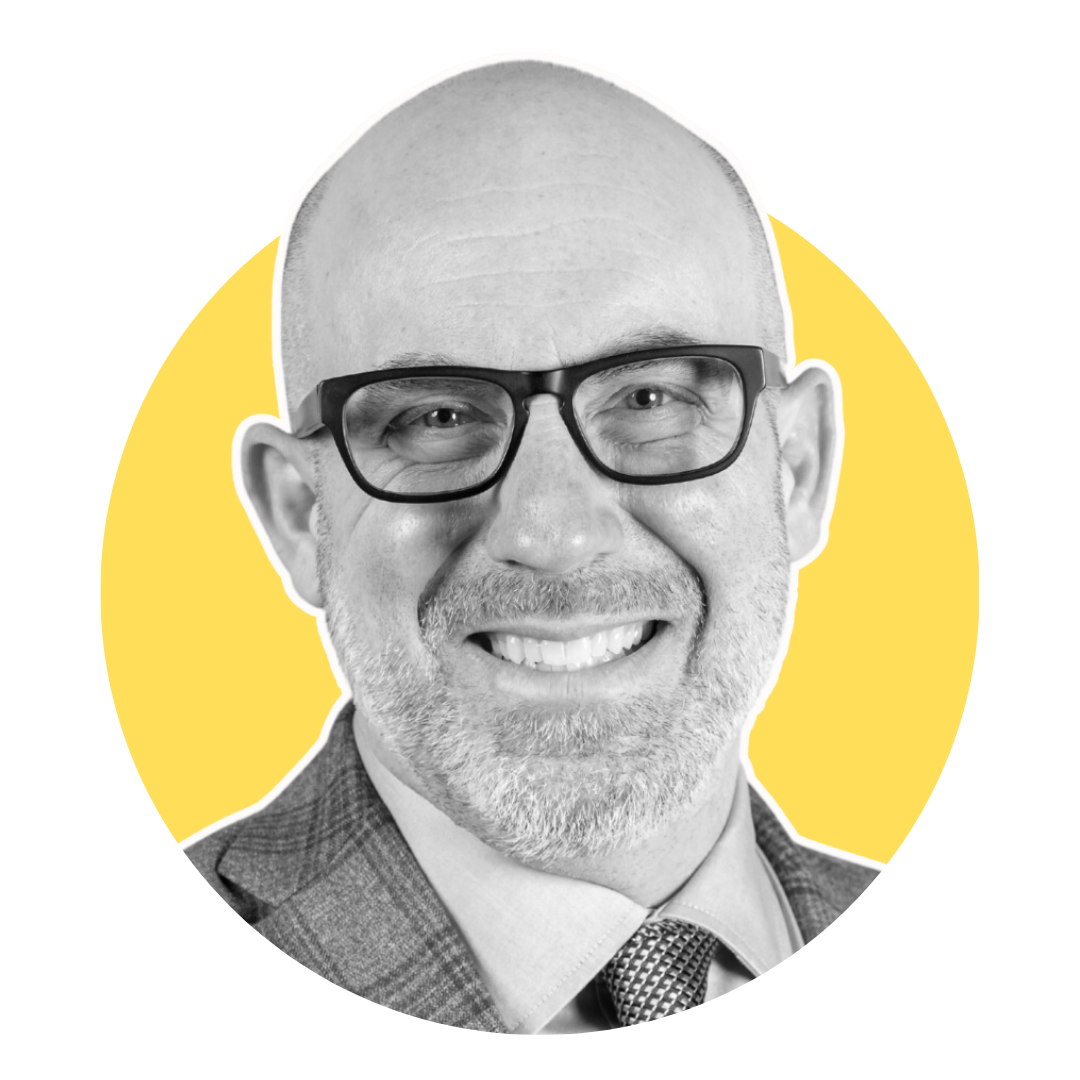Summary
Labor Day was borne out of the first nationwide labor movement in America at the turn of the 20th Century. As the Industrial Revolution opened the door to mass production and larger workforces, it also gave employees vast strength in numbers, allowing for organized labor.
Around the time this was happening, the idea of having a national holiday for workers was floating about several state courthouses and being promoted by two of the biggest labor unions of the time, Central Labor Union and the Knights of Labor. In an effort to establish the first Monday of September as the official worker’s holiday, the two organizations staged the first ever Labor Day Parade in New York City in 1882. It is generally credited as the primary catalyst for getting Labor Day recognized as an official holiday, but it almost didn’t happen.
A Grim Turnout
On the morning of September 5, 1882, a crowd of eager spectators had converged on City Hall on Broadway Avenue in Manhattan awaiting the start of the parade. The police were wary of a riot breaking out, and watched the situation intensely. By 10 a.m. the Grand Marshall of the parade William McCabe was ready to start the procession, but not enough marchers had shown up, and what’s worse, they had no marching band! The bystanders got restless, and in true New Yorker fashion openly suggested that he cancel the parade. McCabe was determined to pull it off, even with the few marchers he had, but the turnout was looking grim.
The Father of Labor Day
That’s when Mathew Maguire, secretary for the Central Labor Union and most likely the father of Labor Day (recent evidence suggests he originally proposed the idea while working for CLU), came sprinting across the lawn to inform Mr. McCabe that two hundred marchers from the Jewelers Union of Newark had just arrived from the ferry, and they brought a band with them!
Everyone could suddenly hear “When I First Put This Uniform On,” a popular Gilbert and Sullivan tune of the era, starting off faintly but growing in volume. The Jewelers Union members were belting it as they approached City Hall, and never stopped, walking past McCabe and leading the parade uptown. McCabe and the organizers fell into step behind them. Bystanders joined them. Soon over 700 people were marching in line. Final reports estimated that 10,000 to 20,000 men and women participated.
Miller Time
The marchers arrived at Reservoir Park at noon, the end point of the parade. Some went back to work. Some stayed for the after-party at Wendel’s Elm Park, where speeches were made, picnics were eaten, cigars were passed around, and according to newspaper accounts one could find “Lager and beer kegs… mounted in every conceivable place.” Sounds like a celebration.
The First Labor Day parade kicked off the final push to officially recognize a holiday for workers. Oregon was the first state to make Labor Day the law of the land in 1887, followed soon after by Colorado, Massachusetts, New Jersey, and New York in the same year. By the end of the decade, Connecticut, Nebraska, and Pennsylvania had followed suit, and on June 28, 1894, Congress enshrined Labor Day in federal law.
A Legacy of Labor
We may be out of the office this Labor Day, but we tip our hat to those brave souls who started this whole idea of celebrating the accomplishments of workers and created a movement that changed the national landscape. More than a century later, employee engagement levels are struggling amidst unprecedented challenges, as many other aspects of daily life are.
But the themes of hope and resourcefulness in the story of the first Labor Day Parade should give us pause and show us that things always look bleakest right before a marching band of jewelers arrives to get everybody moving and dancing again. We take the first Monday of September off work to remind ourselves of what we have accomplished – and can accomplish – when we all pull together.
A version of this post was previously published on halorecognition.com which since has been redirected to halo.com












